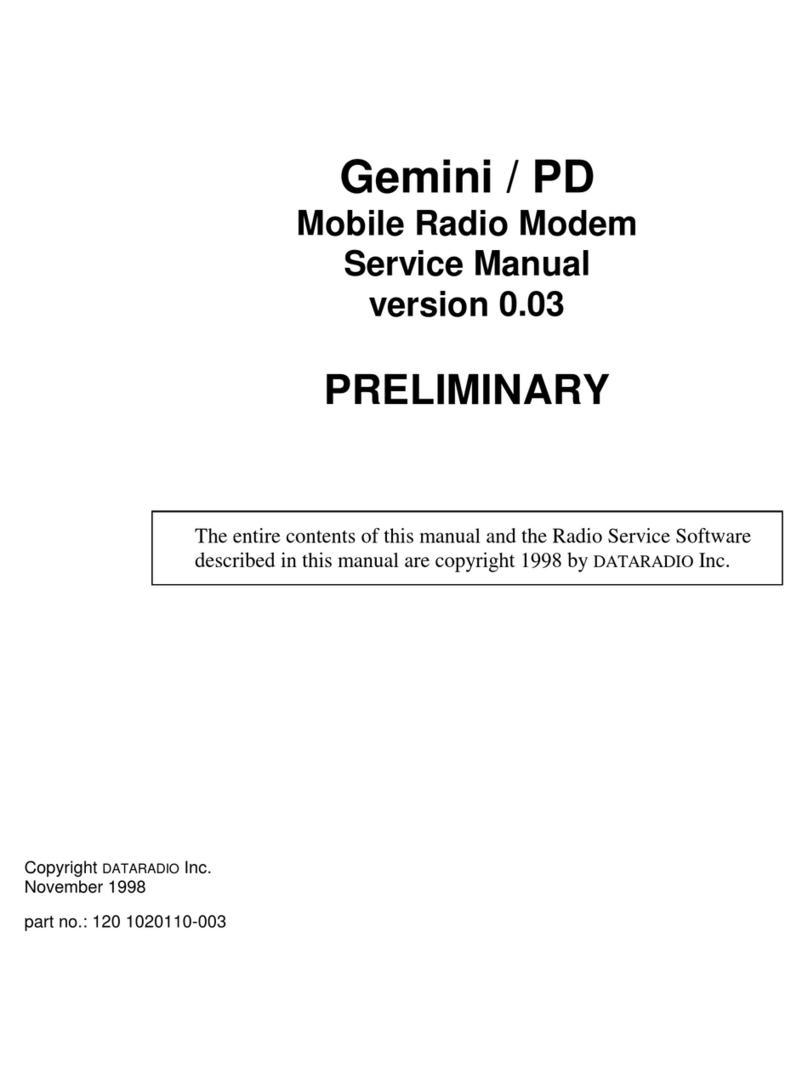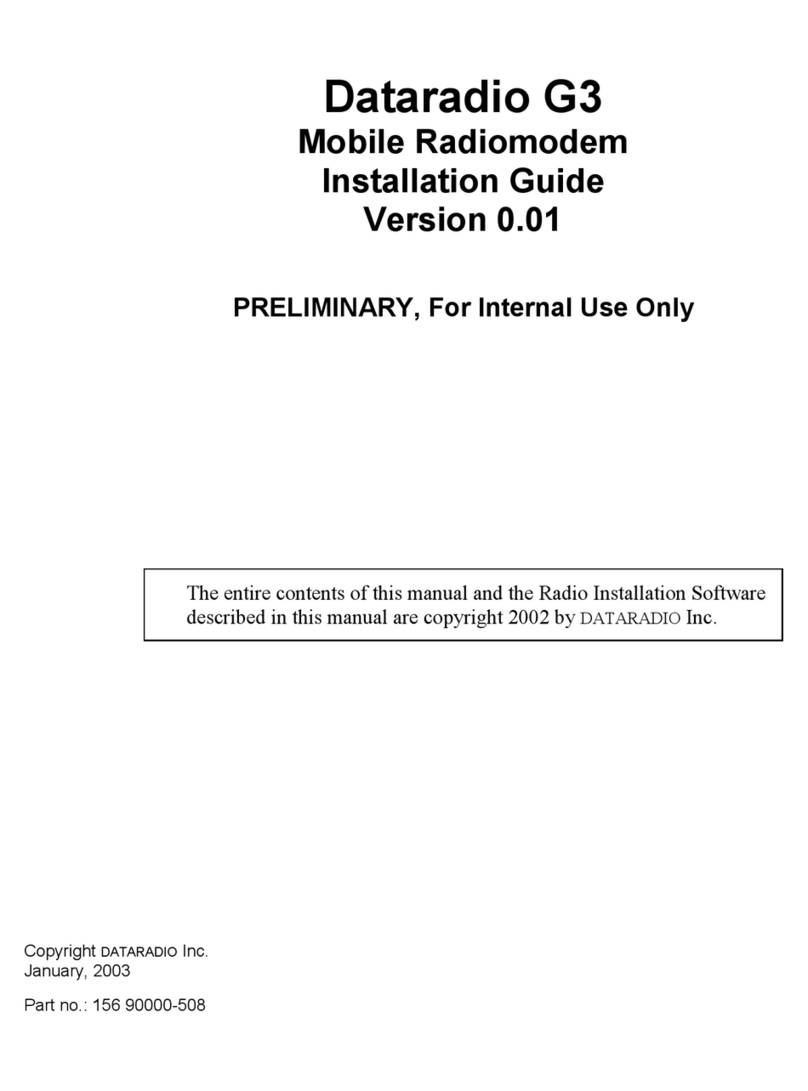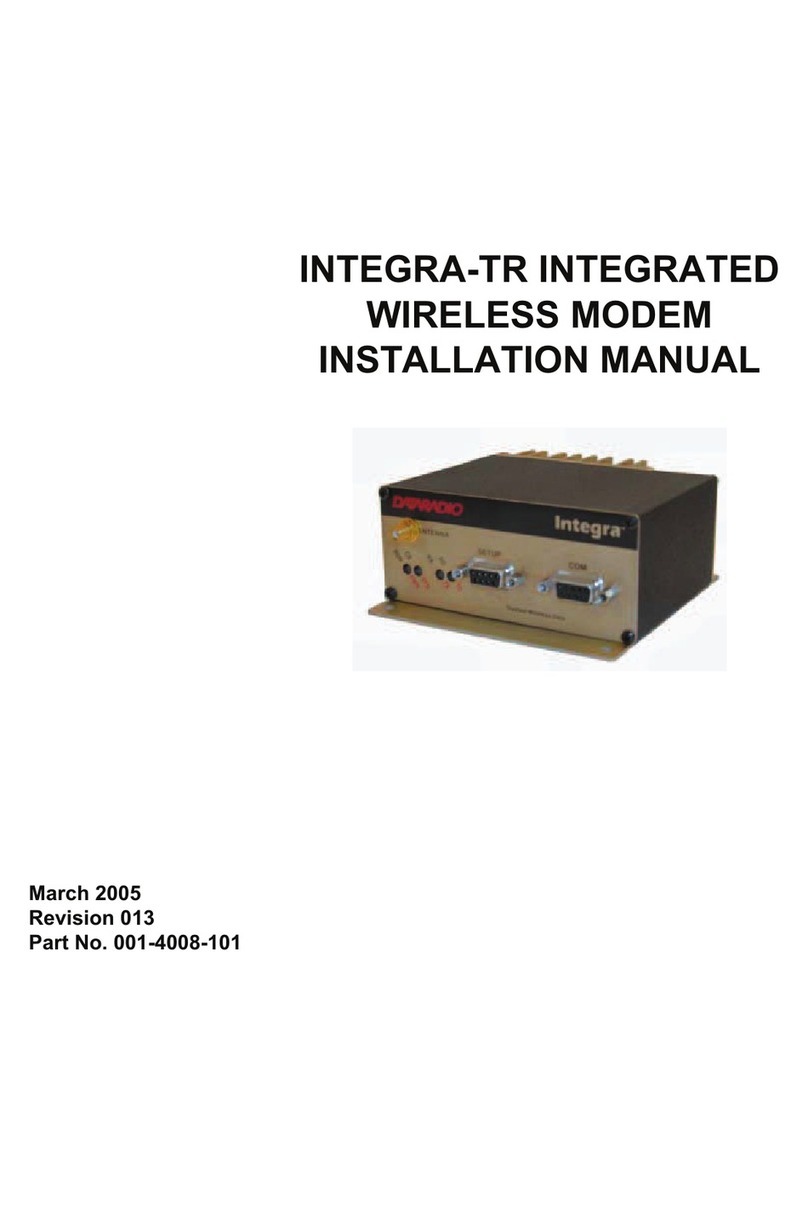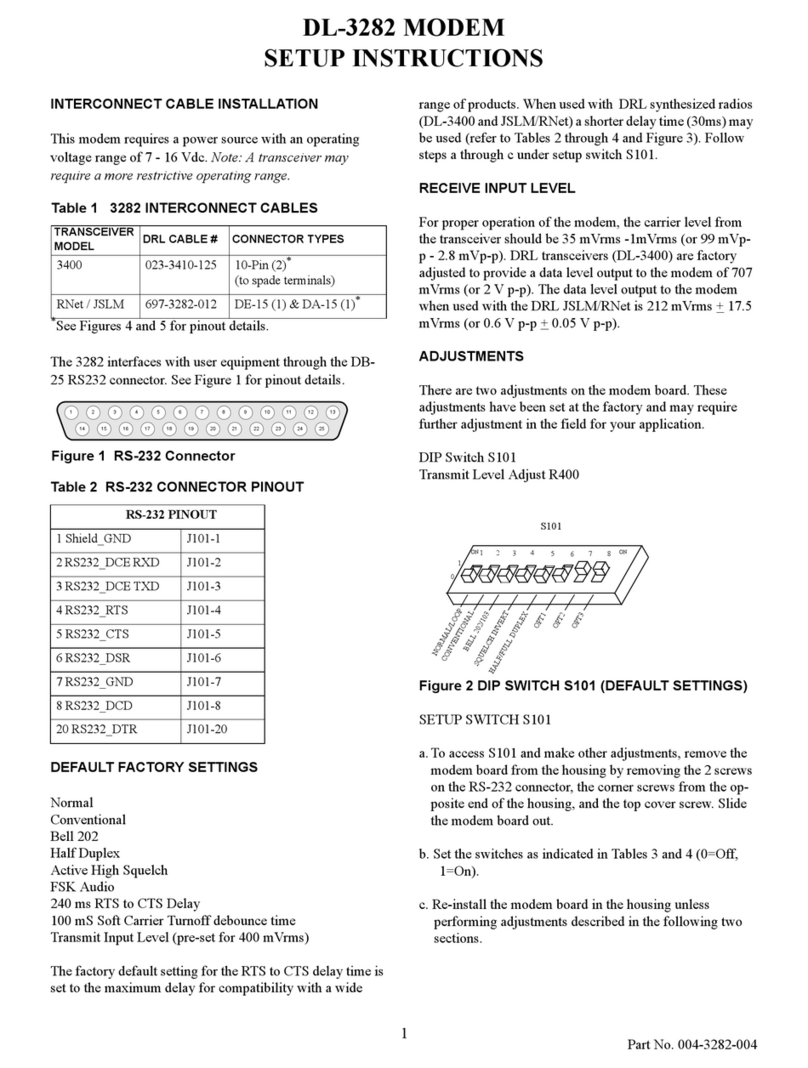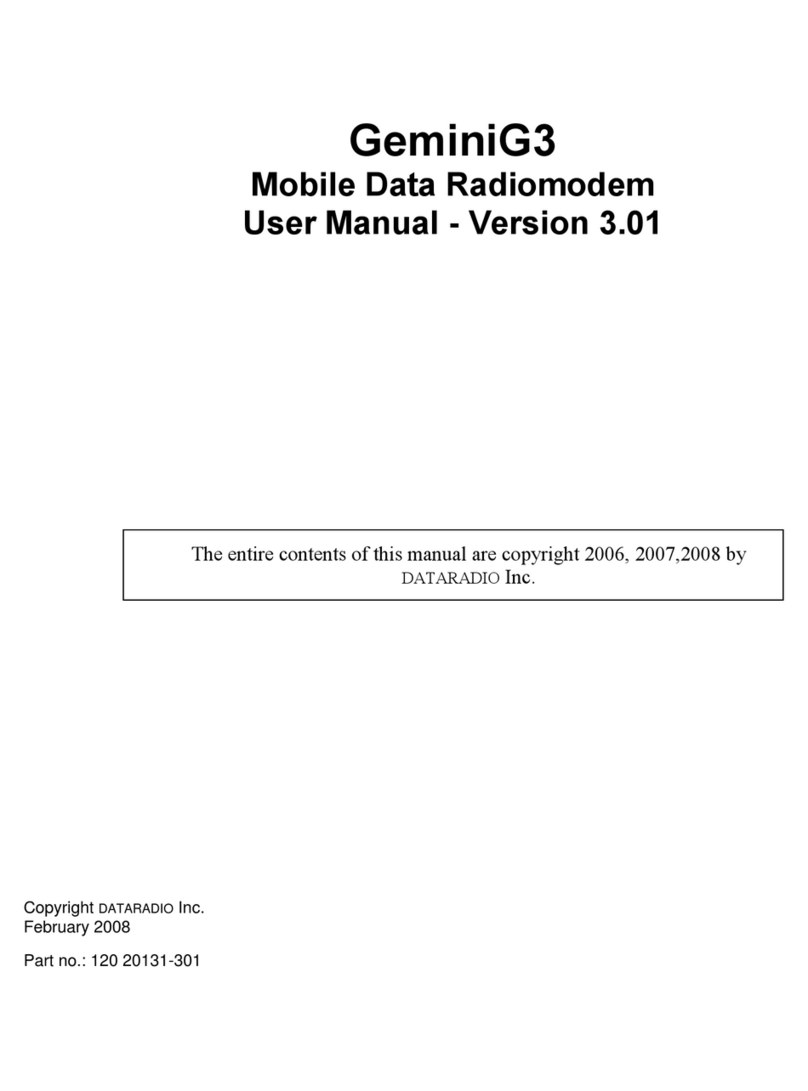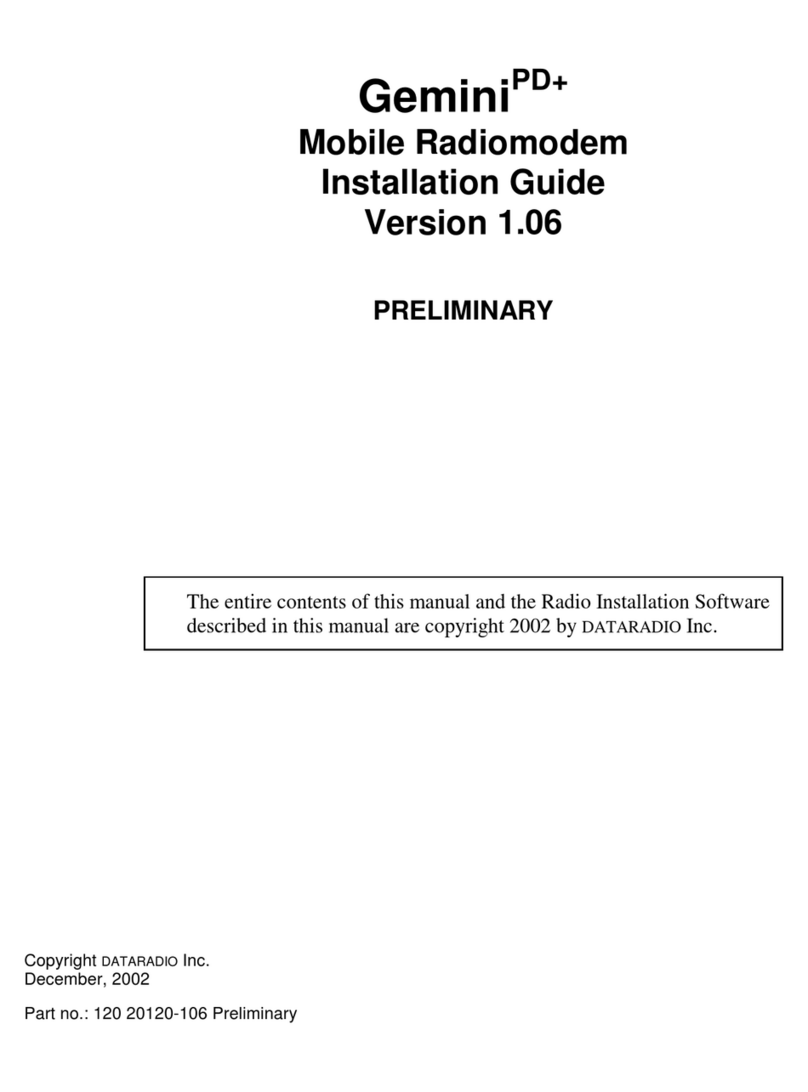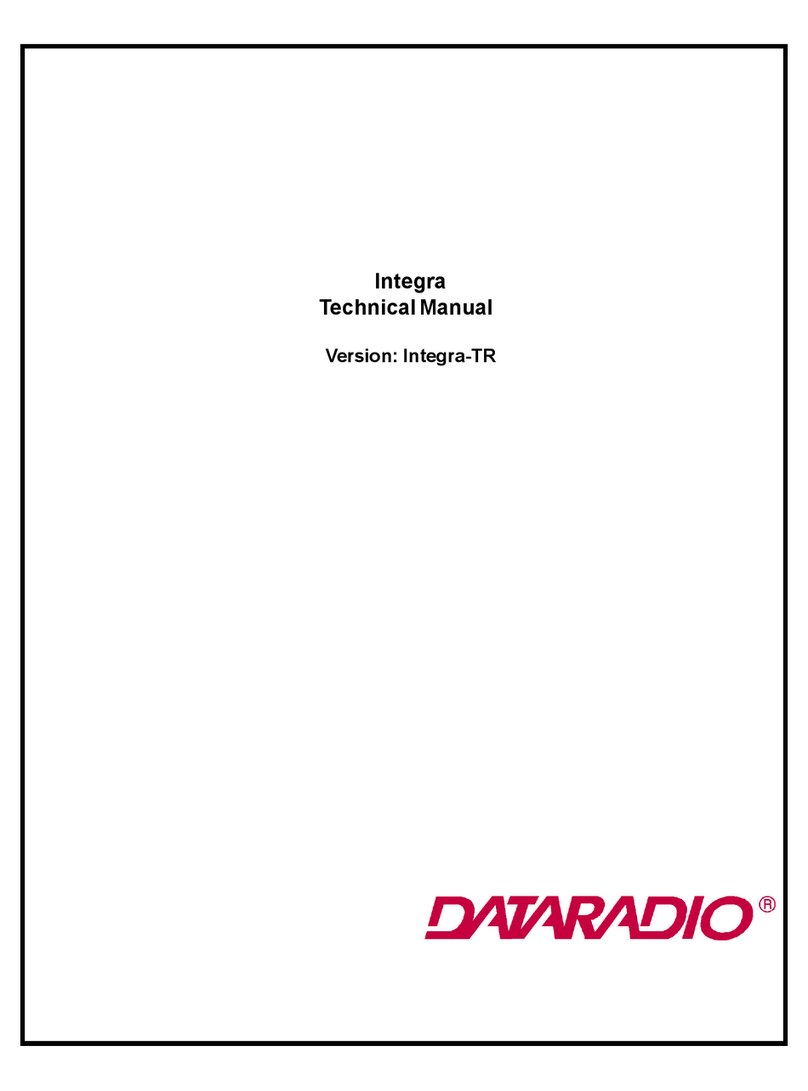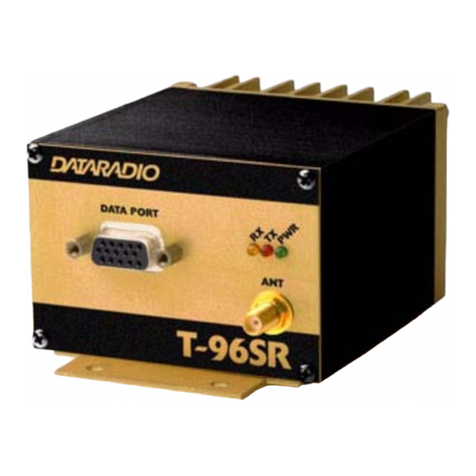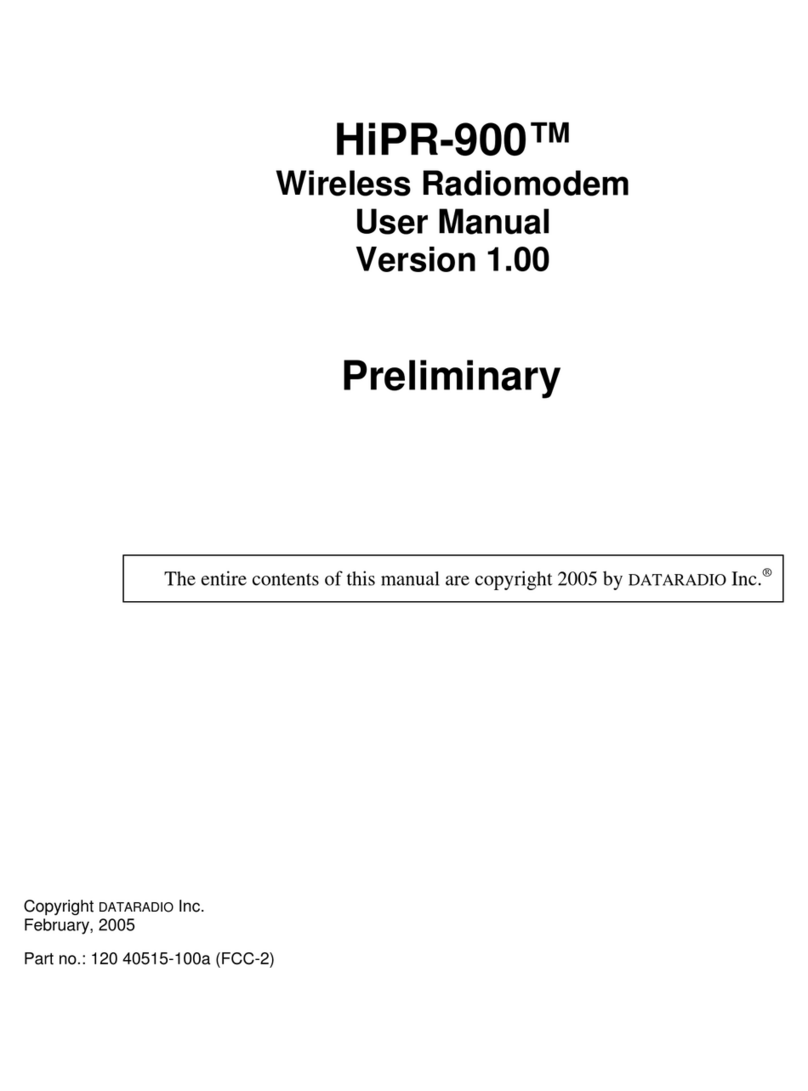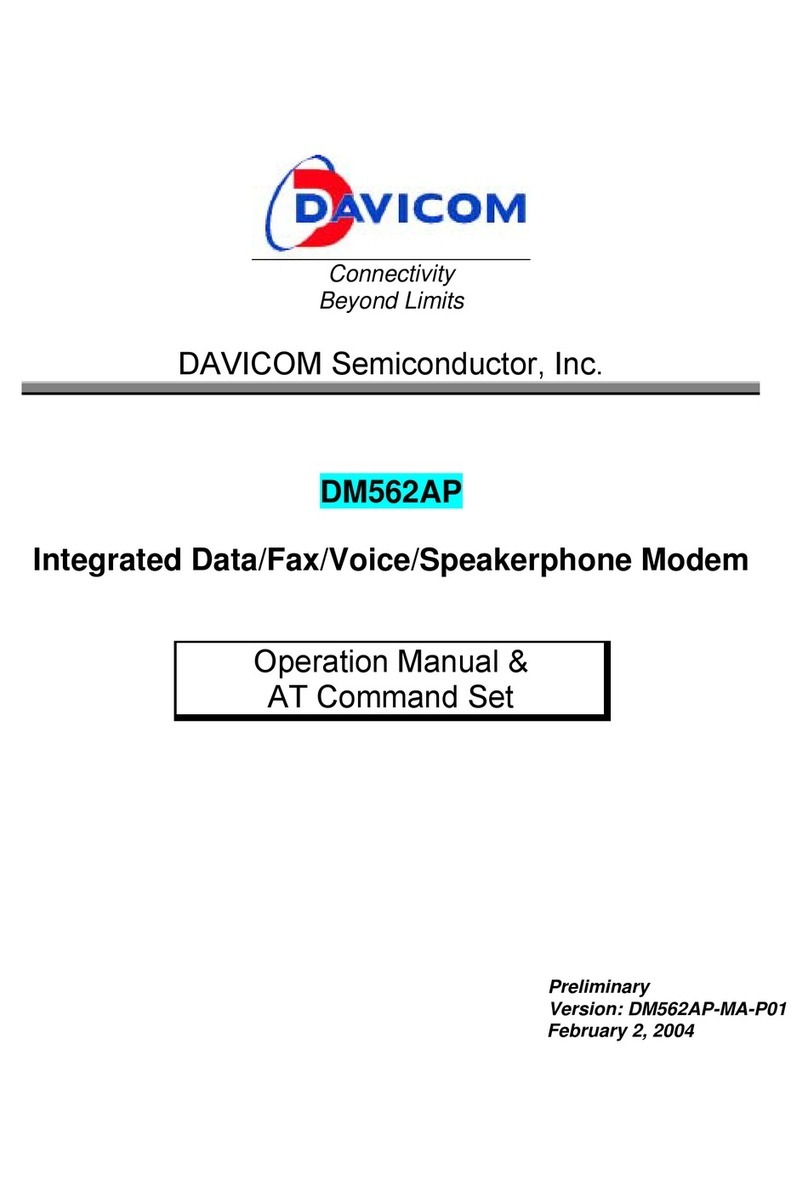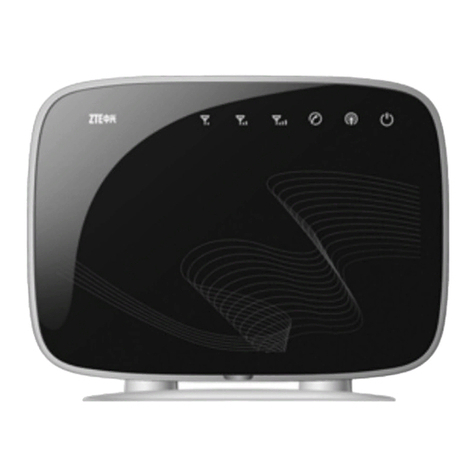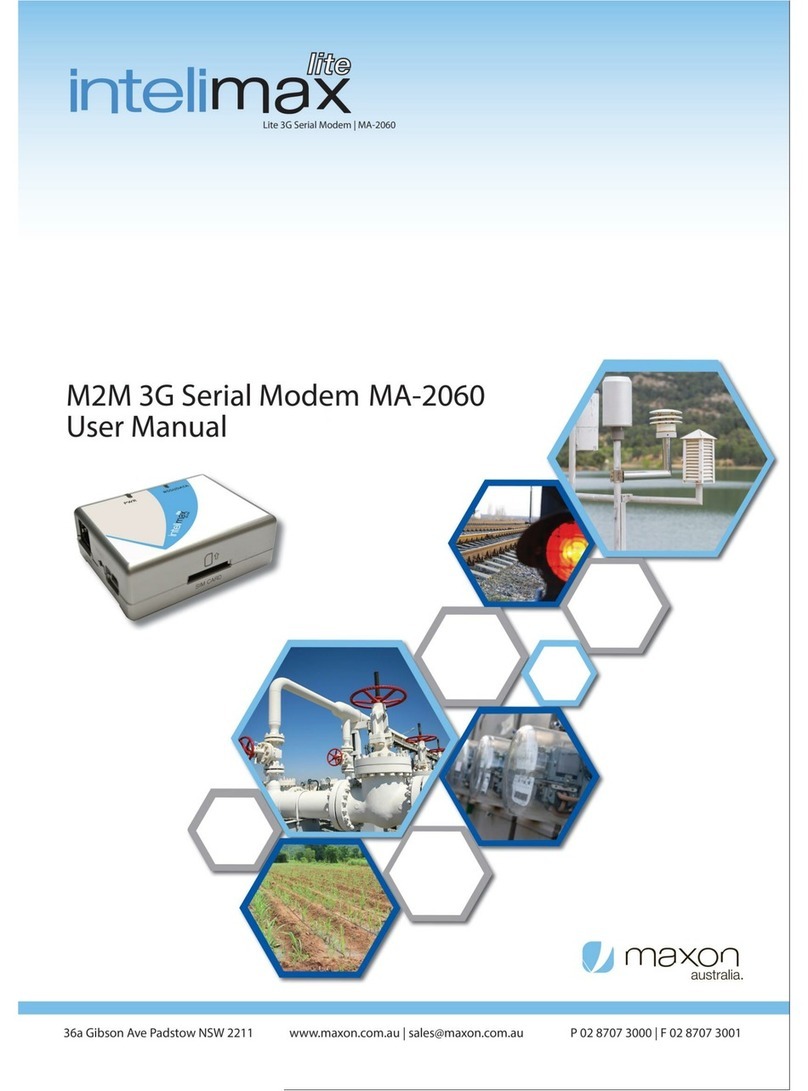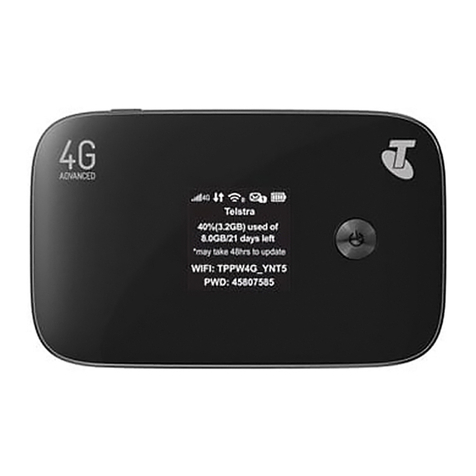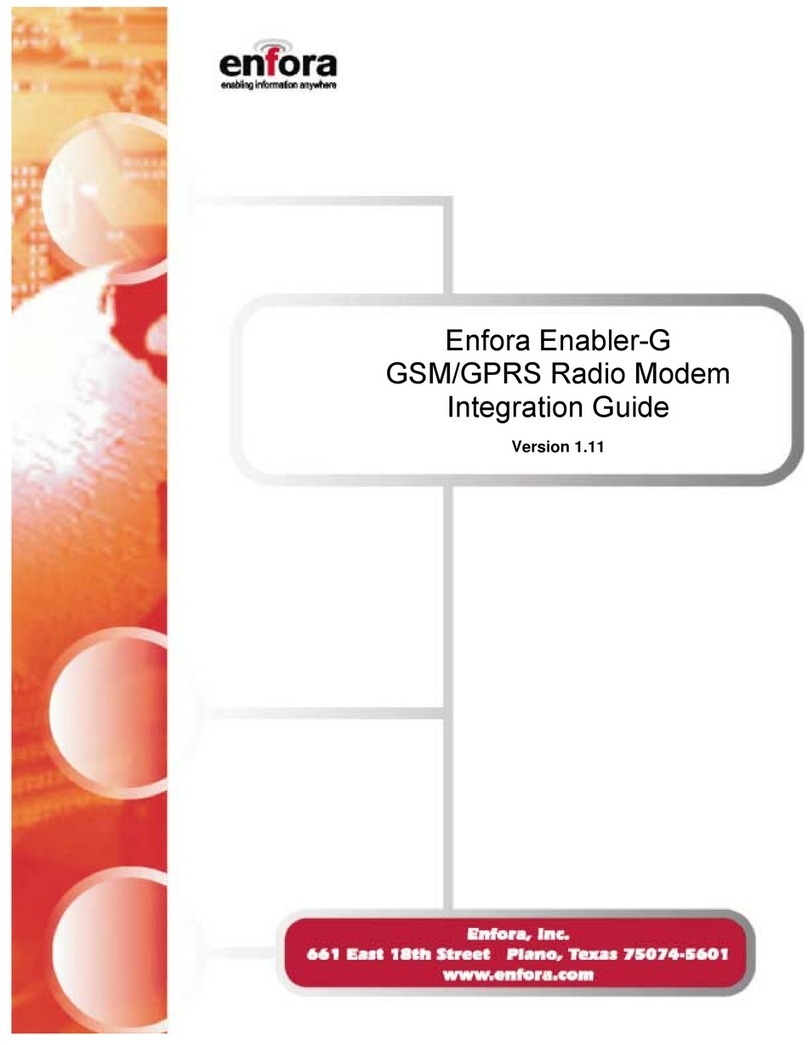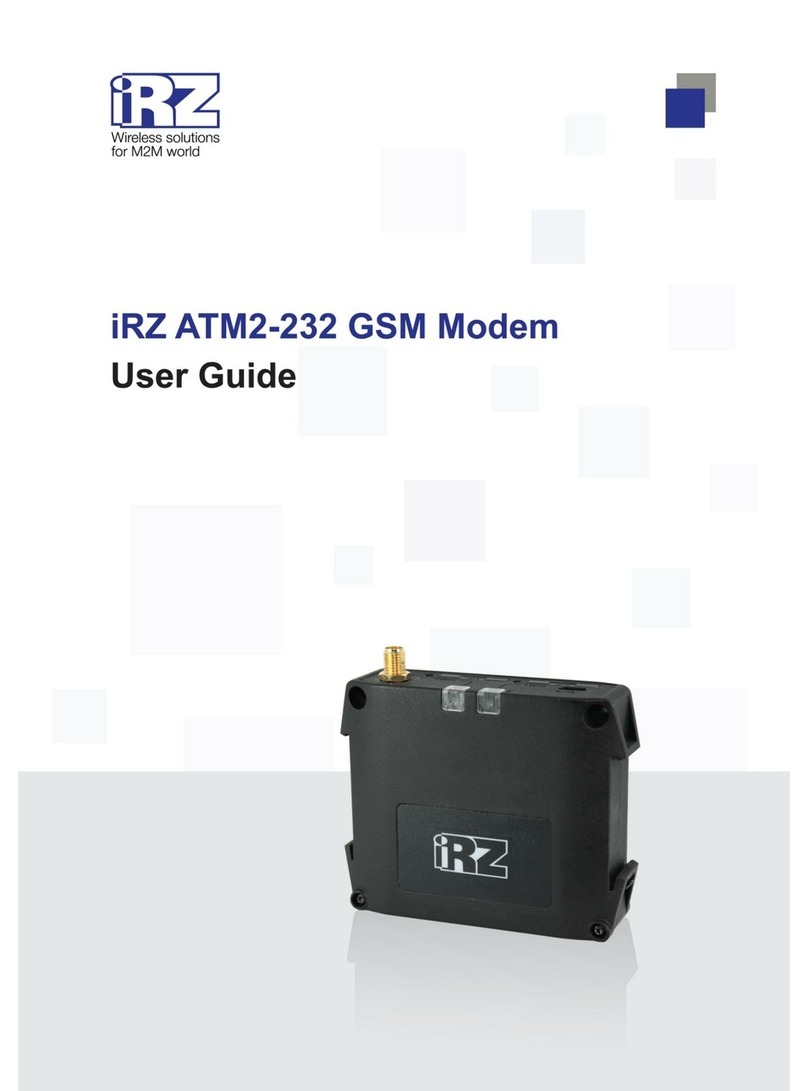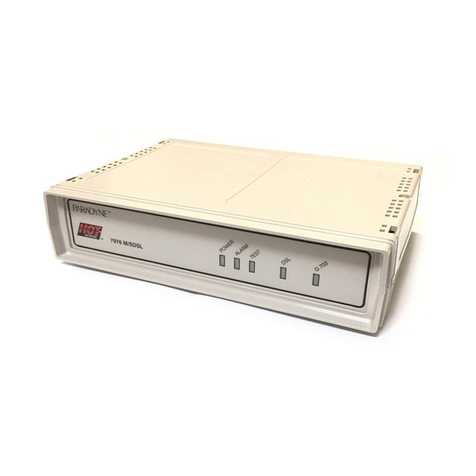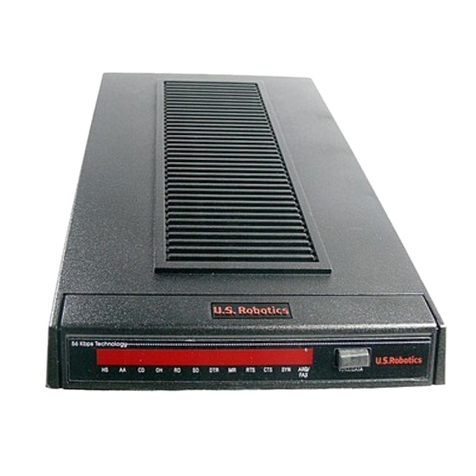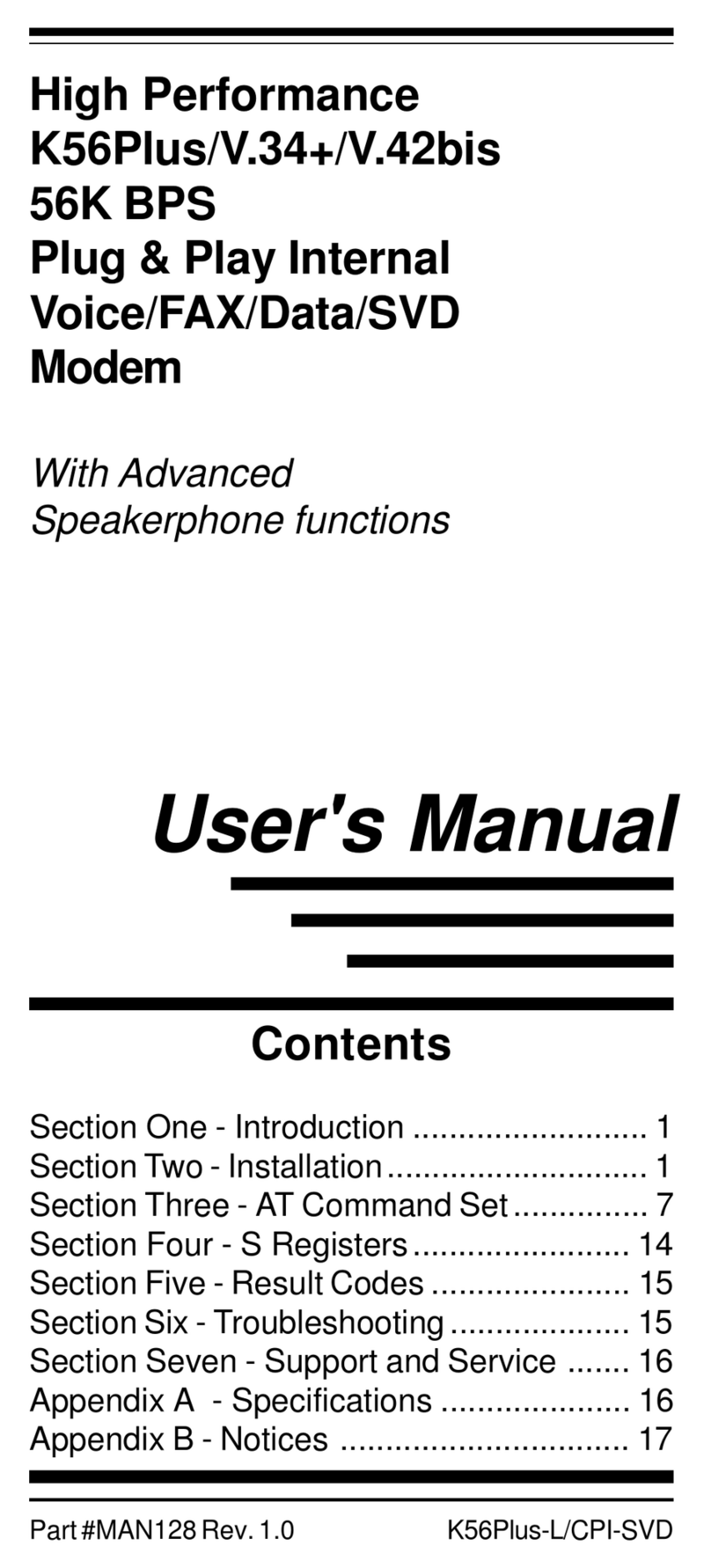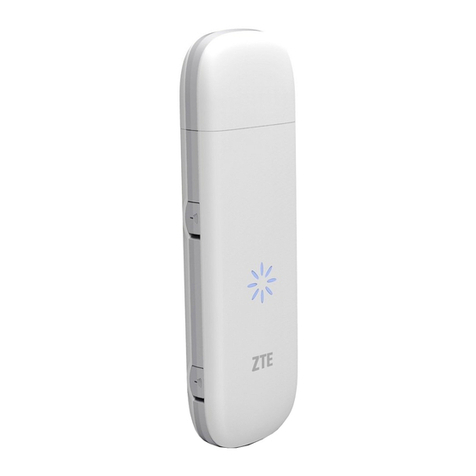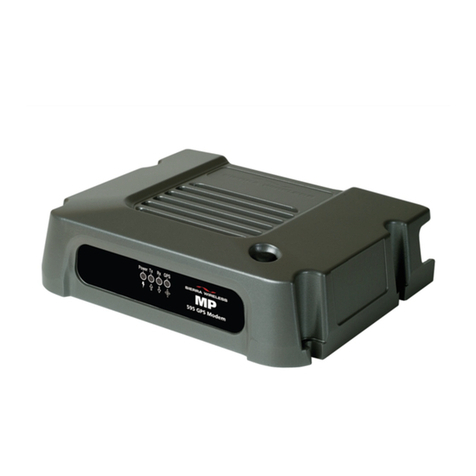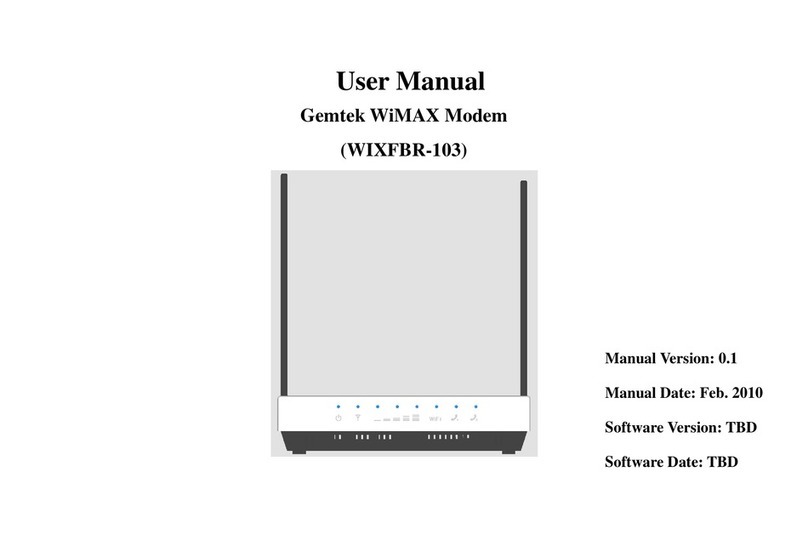
3.3PC LAN Setup...................................................................................................................................................12
3.3.1Front Panel Connections.............................................................................................................................12
3.4Measure and Connect Primary Power............................................................................................................12
3.5Connect ViPR to Programming PC ................................................................................................................12
3.5.1Initial Installation Login .............................................................................................................................12
3.6Configure Your ViPR Using the Setup Wizard .............................................................................................12
3.7Check For Normal Operation..........................................................................................................................12
4VIPR WEB MANAGEMENT...................................................................................................................................12
4.1Navigating the Network Management System...............................................................................................12
4.2Main Menu........................................................................................................................................................12
4.2.1Network Management System Commands.................................................................................................12
5UNIT STATUS...........................................................................................................................................................12
5.1Unit Identification and Status..........................................................................................................................12
5.2Diagnostics.........................................................................................................................................................12
5.2.1Local Diagnostics .......................................................................................................................................12
5.2.2Online Diagnostics......................................................................................................................................12
6SETUP (BASIC)........................................................................................................................................................12
6.1General Setup....................................................................................................................................................12
6.2IP Settings..........................................................................................................................................................12
6.2.1Ethernet Interface........................................................................................................................................12
6.2.2RF Interface ................................................................................................................................................12
6.2.3Default Gateway .........................................................................................................................................12
6.3Channel Table...................................................................................................................................................12
6.4Serial Ports Setup .............................................................................................................................................12
6.4.1Basic Settings..............................................................................................................................................12
6.4.2IP Gateway Service.....................................................................................................................................12
6.4.3IP Gateway Transport .................................................................................................................................12
6.4.4RTS/CTS Mode Settings ............................................................................................................................12
7SETUP (ADVANCED)..............................................................................................................................................12
7.1RF Optimizations..............................................................................................................................................12
7.1.1MAC Advanced Settings ............................................................................................................................12
7.1.2Carrier Sense Level Threshold....................................................................................................................12
7.1.3Listen Before Transmit ...............................................................................................................................12
7.2IP Services.........................................................................................................................................................12
7.2.1SNMP .........................................................................................................................................................12
7.2.2NAT Overview ...........................................................................................................................................12
7.2.3NAT on ViPR .............................................................................................................................................12
7.2.4Ethernet Interface Private ...........................................................................................................................12
7.2.5RF Interface Private....................................................................................................................................12
7.2.6User NAT Entries .......................................................................................................................................12
7.2.7NAT Port Forwarding.................................................................................................................................12
7.3IP Addressing....................................................................................................................................................12
7.3.1Broadcast Mode ..........................................................................................................................................12
7.3.2Multicast Mode...........................................................................................................................................12
7.4IP Optimization.................................................................................................................................................12
7.5IP Routing (Table/Entries)...............................................................................................................................12
7.6Time Source.......................................................................................................................................................12
7.6.1SNTP ..........................................................................................................................................................12
7.6.2Time Zone...................................................................................................................................................12

